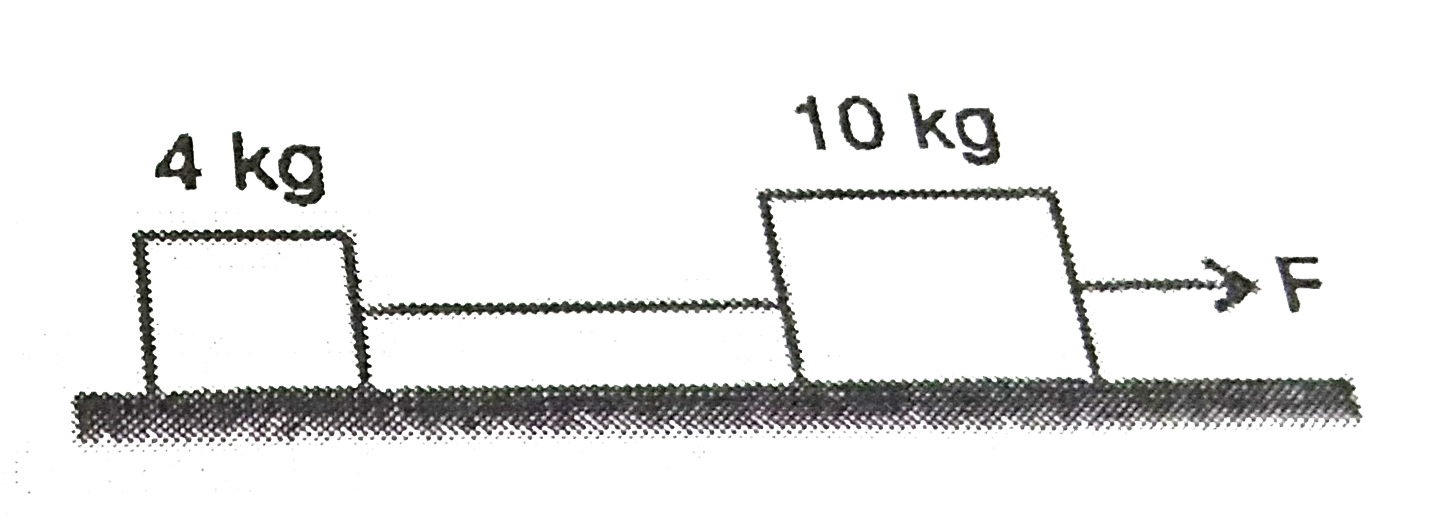A
B
C
D
Text Solution
Verified by Experts
The correct Answer is:
|
Topper's Solved these Questions
FORCE AND NEWTONS LAWS OF MOTION
GRB PUBLICATION|Exercise Matrix match|7 VideosView PlaylistFORCE AND NEWTONS LAWS OF MOTION
GRB PUBLICATION|Exercise Integer question|15 VideosView PlaylistFORCE AND NEWTONS LAWS OF MOTION
GRB PUBLICATION|Exercise More than one choice is correct|15 VideosView PlaylistBASIC MATHEMATICS
GRB PUBLICATION|Exercise Problems For Practice|35 VideosView PlaylistFRICTION AND CIRCULAR MOTION
GRB PUBLICATION|Exercise Comprehension type|11 VideosView Playlist
Similar Questions
Explore conceptually related problems
Knowledge Check
Similar Questions
Explore conceptually related problems
GRB PUBLICATION-FORCE AND NEWTONS LAWS OF MOTION-Assertion- Reason
- (A): In the given fig tension in the string that connects the two bloc...
03:53
|
Playing Now - A frame of reference A is moving rectilinearly and uniformly with a ve...
Text Solution
|
Play - (A): Centrifugal force is reactionary force of centripetal force (R)...
Text Solution
|
Play - STATEMENT-1: A cloth covers a table. Some dishes are kept on it. The c...
02:33
|
Play
